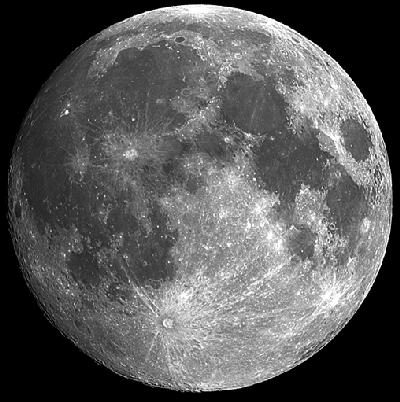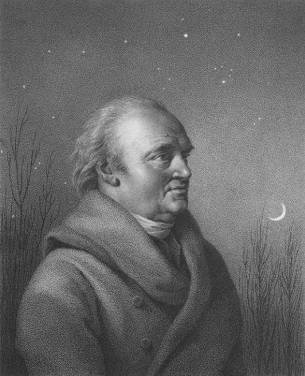Key Takeaways:
Yet physicists’ tidy world began to come unglued almost immediately thereafter. In 1900, Max Planck proposed that light is emitted and absorbed only in discrete amounts he called quanta. This implied physical reality is not a continuum, as everyone had assumed for thousands of years, but a start-stop affair that makes jumps and hops when viewed on a small-enough scale.
The bits and pieces of physical theory really began to fly in 1905, however, when Albert Einstein published papers explaining the photoelectric effect with quanta — meaning that quanta are real — and a theory of special relativity that says space can bend and time doesn’t run the same for everyone.
Disquieting as such ideas must have been to physicists of that era, these theories (and others) turned out to be essential to the development of astrophysics in the following century. In fact, modern astrophysics wouldn’t exist without relativity.
In 1981, astronomer Martin Harwit wrote an eye-opening book, Cosmic Discovery, that examined the history of astronomy. Harwit wanted to know how discoveries get made, and why they happen when they do. What he found was that the single most important factor is not a multitude of theories, but advances in technology.
Three centuries later, spectroscopic observations of “nebulae” (actually, galaxies) flying away from Earth at unheard-of speeds led Edwin Hubble to discover the expanding universe. To do this, he used the largest and most powerful telescopes in existence, without which today’s picture of the cosmos would be impossible.
Similarly, radio astronomy became feasible in the 1920s with the invention of radio transmitters and receivers. But the field hardly developed until astronomers got their hands on castoff military radar equipment after World War II ended in 1945.
Harwit found that what has counted most in making astronomical discoveries is having equipment that either opens up a new part of the electromagnetic spectrum or which provides a big jump in sensitivity or resolution.
But instruments can’t do it alone, and theory also plays a key role because astronomers need to understand what they are seeing. A perfect example is William Herschel’s discovery of infrared radiation, made while he sought a color filter to make telescopic solar observations safe.
On a bright spring day in 1800, Herschel stood in a dark room that was lit only by a ray of sunlight passing through closed shutters. He fixed a prism in the sunbeam so it splayed a rainbow across a table where he had placed a line of thermometers with blackened bulbs. He soon found that red light is warmest. Then, acting on a hunch, he placed one thermometer just beyond the red end of the spectrum. To his astonishment, this showed an even greater rise in temperature.
Infrared light remained an oddity until around 1870, when James Clerk Maxwell showed that electricity, magnetism, and light are linked. According to Maxwell, visible light is electromagnetic radiation at wavelengths our eyes can detect. The real spectrum includes wavelengths both much shorter and longer, and the visible region we see is but a tiny slice of the full reality.
Parallels to Herschel’s finding occur in modern astronomy, too, notes Harwit. For example, he says, quasars, X-ray and infrared stars, the cosmic microwave background, and other phenomena, were all discovered as soon as the tools to find them existed. What’s more, he adds, most of the big discoveries were complete surprises — theoreticians had not generally anticipated them.
A new development in the last decade or so may provide astronomers with a new tool of discovery — data volume. Wide-ranging astronomical searches, such as the Sloan Digital Sky Survey, are producing quantities of raw data that would have left astronomers of any previous era open-mouthed with astonishment.
Today, astronomers can sift through this volume of data — “mining” it as the phrase goes — and discover correlations and features unknown to previous generations. For example, the clustering and superclustering of galaxies into large-scale structures would have remained unknown without the massive data from surveys.
So where do we stand as the 21st century opens? Harwit suggests looking at an analogy — collecting baseball cards — as a way to calculate the uncalculable. If you start collecting baseball cards at the beginning of a season, at first nearly every card is a new one. But as you continue accumulating cards, gradually you’ll collect more and more duplicates. If you study the rate at which new cards appear in your collection, statistics lets you estimate how many cards a complete set will contain.
When you apply this technique to the universe, Harwit says, “We have probably discovered something on the order of a third to half of the major phenomena.” But the easy part is probably over, he notes. “It may take us many more centuries to come to the end of our search.”










